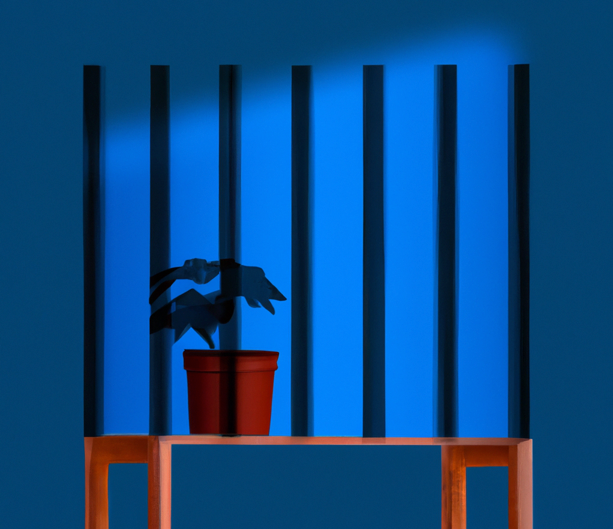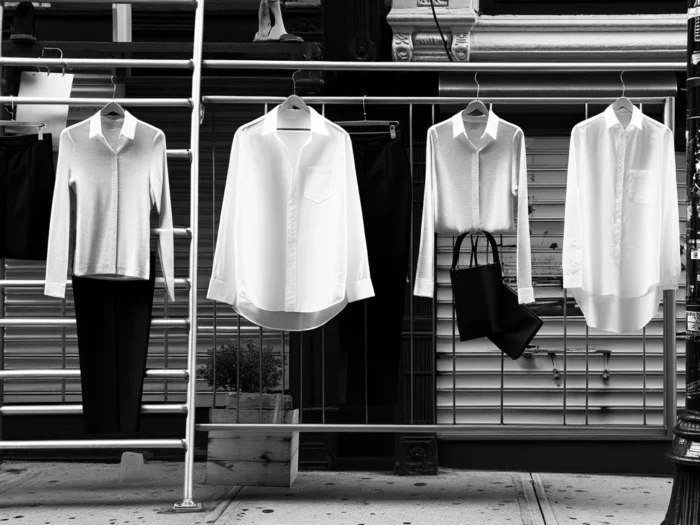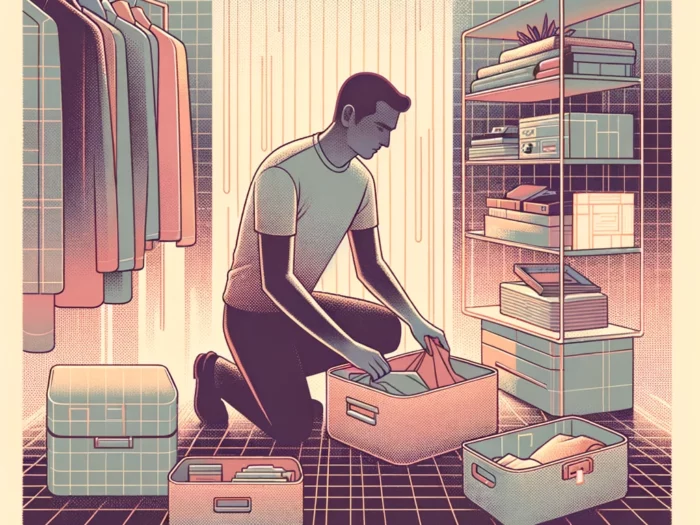In the vast expanse of the art world, minimalism has always stood out as a beacon of simplicity, clarity, and intention. As we navigate through 2023, this art form is not just surviving but thriving, evolving in intriguing ways that capture the zeitgeist of our times. The contemporary minimalist art scene is a vibrant tapestry of fresh voices, each bringing their unique perspective and interpretation to the fore.
Now, more than ever, it’s crucial to shine a spotlight on these artists. Their work not only challenges our perceptions but also pushes the very boundaries of what minimalism can be. By supporting and recognizing these contemporary talents, we’re not just appreciating art; we’re investing in the future of a movement that continues to inspire and resonate.
The New Wave of Minimalism
2023 is proving to be a pivotal year for minimalism. Gone are the days when minimalistic art was solely defined by stark white canvases or simple geometric shapes. Today’s artists are redefining the movement, blending traditional minimalist principles with modern influences, and in the process, creating a new wave of minimalism. This fresh approach is characterized by a deeper exploration of space, color, and form.
It’s not just about subtracting elements but about making every choice intentional, every detail significant. As we delve deeper into the works of contemporary minimalist artists this year, we’ll discover a rich landscape of innovation, introspection, and profound expression.
Global Resonance
The beauty of contemporary art, especially in the realm of minimalism, lies in its ability to transcend borders and resonate on a global scale. The artists we spotlight in 2023 hail from a myriad of backgrounds, each bringing a unique cultural perspective to their creations.
From the serene landscapes of Scandinavia to the bustling streets of Tokyo, from the rich textures of Africa to the vibrant colors of South America, global influences are palpably shaping the minimalist art of today. These artists, with their diverse origins, are weaving a tapestry of experiences and stories into their work.
It’s a testament to the universal appeal of minimalism that, regardless of where they come from, these artists speak a language that resonates with audiences worldwide. Their work is a reminder that even in simplicity, there’s a depth and richness that reflects the world’s vast cultural mosaic.
The Artists
In today’s contemporary art scene, minimalism continues to be a powerful force, with artists from various backgrounds and disciplines embracing its principles. As we explore the world of minimalist art, certain names emerge as true pioneers, pushing the boundaries of what minimalism can achieve and how it resonates with audiences worldwide. Let’s take a deeper dive into the works, inspirations, and influences of some of these remarkable artists:
Hiroshi Sugimoto
Hiroshi Sugimoto’s artistry lies in his ability to capture the intangible. Through his long-exposure photographic series, he delves deep into concepts of time, memory, and the eternal. His serene seascapes, devoid of human presence, evoke a profound sense of stillness and infinity.

Similarly, his theater series, capturing empty cinema halls with the movie screen glowing white, challenges our perceptions of transience and permanence. Sugimoto’s work is a meditation on existence, inviting viewers to pause, reflect, and lose themselves in the vastness of the moments he portrays.
Nendo (Oki Sato)
The world of minimalism finds a true champion in Oki Sato and his design studio, Nendo. Hailing from Japan, a country with deep-rooted minimalist traditions, Sato’s creations are a masterclass in the art of simplicity.
Every design, be it furniture, lighting, or everyday objects, is a testament to the beauty and functionality of minimalism. Stripped down to their essential forms, his pieces are not just objects but experiences, each telling a story of craftsmanship, purpose, and elegance.
Olafur Eliasson
A maestro of sensory experiences, Olafur Eliasson’s art transcends traditional boundaries. His large-scale installations are immersive realms where light, shadow, reflection, and space converge to create magic.

Whether it’s a room filled with mist and rainbows or giant mirrors reflecting and distorting viewers, Eliasson’s works play with perception, challenging and redefining reality. His art is not just to be seen but to be felt, making every viewer an active participant in the artistic journey.
Rirkrit Tiravanija
Rirkrit Tiravanija is an artist who believes in breaking walls, both literal and metaphorical. His art is a celebration of community, interaction, and shared experiences. Turning galleries into communal kitchens or creating spaces where viewers can modify and interact with his installations, Tiravanija’s work is dynamic and ever-evolving.
It challenges the conventional artist-audience relationship, making art a collaborative and living entity that grows, changes, and thrives with each interaction.
Sarah Crowner
In the vibrant world of Sarah Crowner, geometry and color come alive. Her paintings, often large-scale and composed of stitched-together canvas pieces, are a dance of form, pattern, and hue. Bold geometric shapes intersect and overlap, creating intricate patterns that are both rhythmic and harmonious.
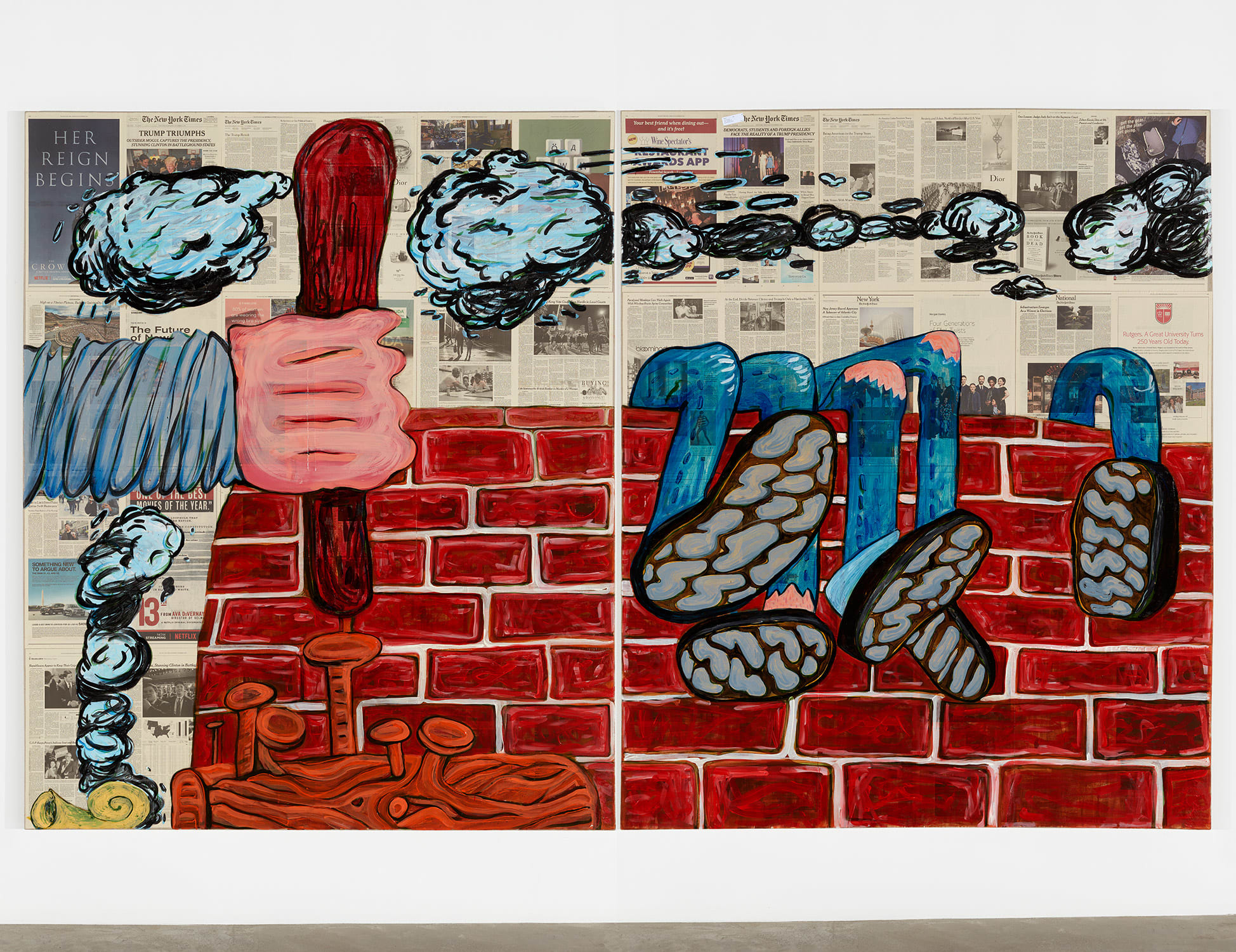
Crowner’s art is a nod to the minimalist ethos, where balance, contrast, and simplicity come together to create visual symphonies that captivate and inspire.
Gwon Osang
Delving into the realm of sculptural art, Gwon Osang stands out as a beacon of innovation from South Korea. His sculptures are a harmonious blend of photography and three-dimensional form, creating lifelike representations that blur the lines between reality and art.
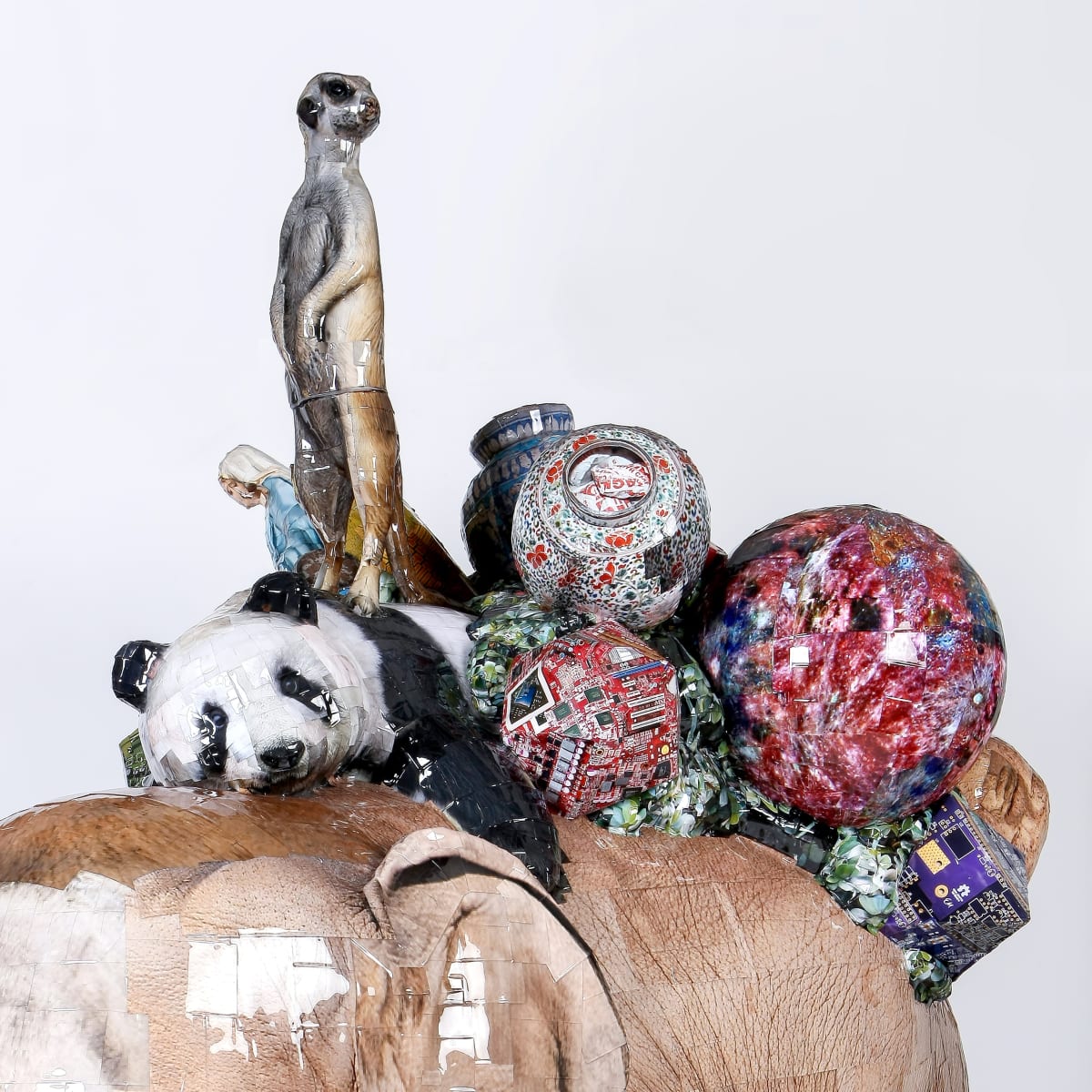
Each piece is a meticulous assembly of photographic images, capturing every nuance and detail of the subject. But beyond the technique, Osang’s work delves deep into themes of identity, perception, and the human experience. His sculptures, while rooted in realism, challenge viewers to question what they see, pushing them to explore the layers and complexities that lie beneath the surface.
Jeppe Hein
Hailing from Denmark, Jeppe Hein is an artist who thrives on interaction and engagement. His sculptures and installations are immersive playgrounds, where elements like mirrors, light, and water converge to create transformative experiences.
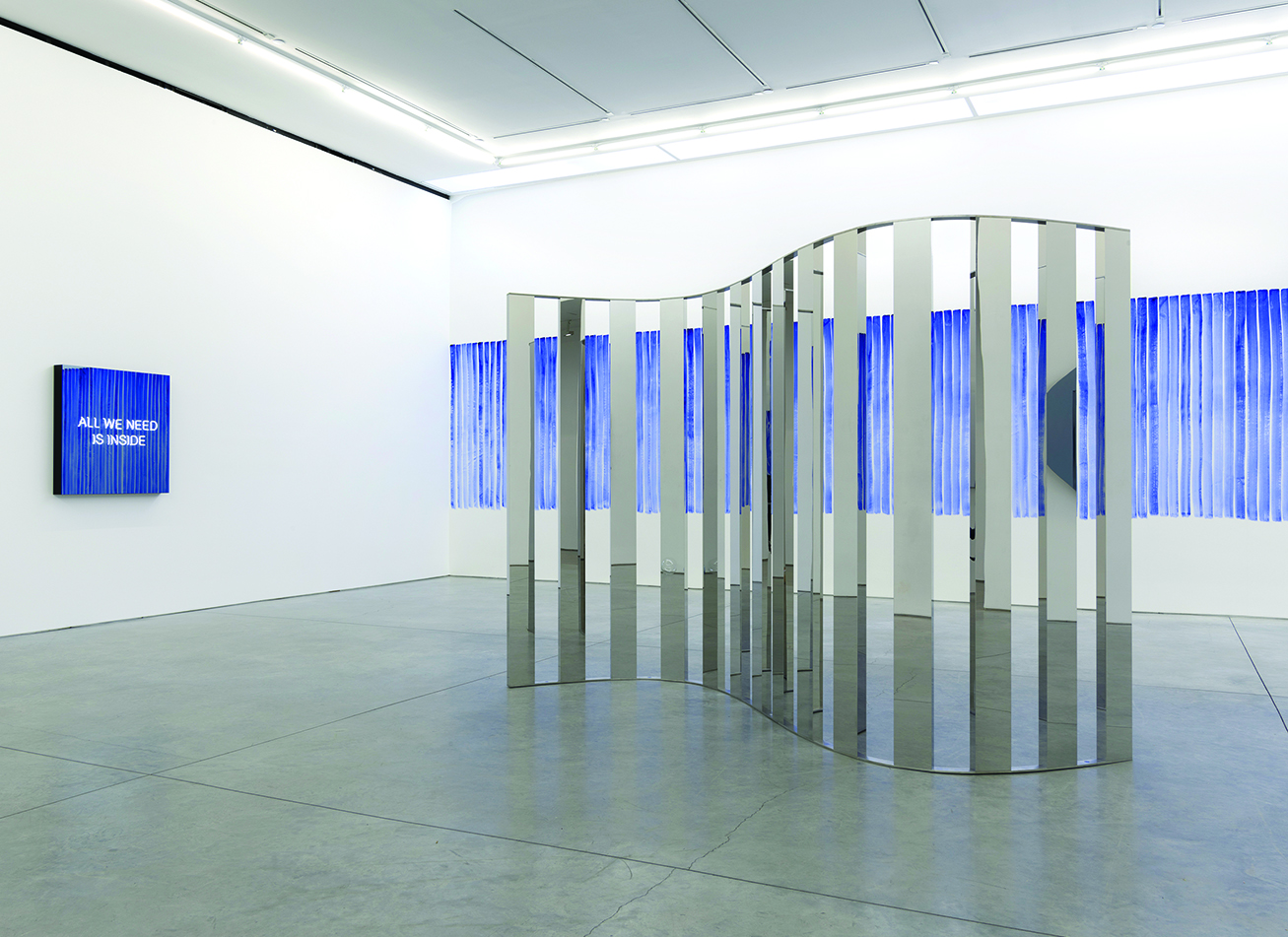
Whether it’s a labyrinth of mirrored panels that distort and reflect or installations that respond to the viewer’s presence with bursts of water or light, Hein’s art is a dialogue. It invites participation, evokes wonder, and challenges our perceptions of space, self, and the world around us.
Lee Ufan
Born in Korea, Lee Ufan’s art is a poetic exploration of contrasts. His minimalist works, often composed of just one or two materials, emphasize the profound relationship between the natural and the industrial. A single rock placed beside a steel plate or a brushstroke on a blank canvas, Ufan’s art is a meditation on existence, balance, and the beauty of simplicity.

His pieces, while minimal in components, are vast in their philosophical depth, urging viewers to contemplate the interconnectedness of all things and the profound silence that speaks volumes.
Rebecca Ward
Transforming spaces with the simple use of tape, Rebecca Ward’s installations are a testament to the power of minimalism. Her works, often sprawling across walls and floors, are intricate mazes of geometric patterns. Using tape of varying widths and colors, Ward creates optical illusions, plays with depth and perspective, and redefines spaces. Each installation, while temporary, leaves a lasting impact, challenging viewers to see the mundane in a new light and find beauty in the everyday.
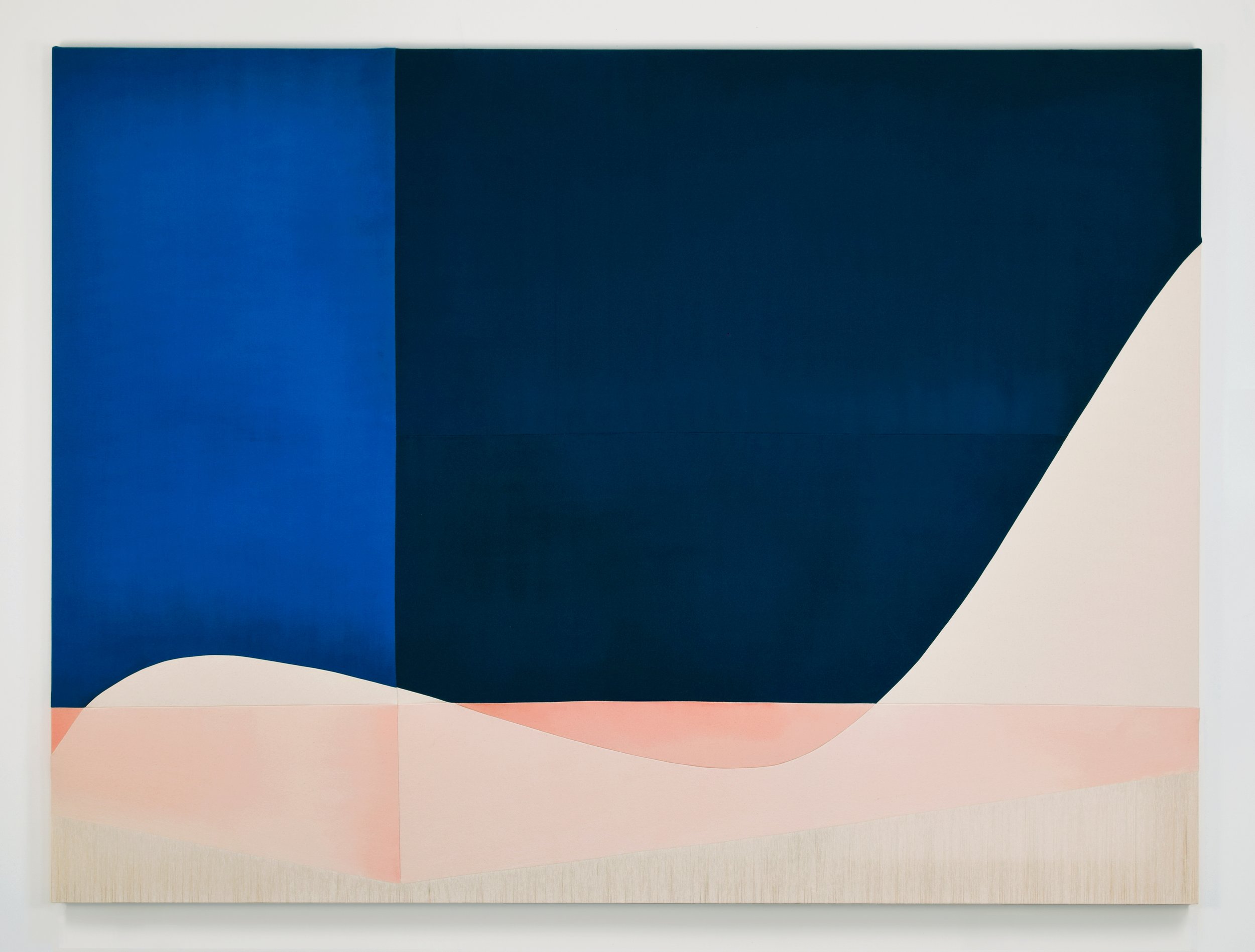
He Xiangyu
Representing the vibrant contemporary art scene of China, He Xiangyu’s minimalist works are profound commentaries on society, change, and identity. Whether it’s a deflated leather sculpture symbolizing the cultural shifts in China or minimalist drawings that capture the essence of transformation, Xiangyu’s art is both subtle and powerful.

His pieces, while sparse in form, are rich in meaning, reflecting on societal issues, cultural transformations, and the ever-evolving landscape of contemporary China. Through his works, Xiangyu invites viewers to pause, reflect, and engage in a dialogue about the world we inhabit and the changes that shape it.
The Role of Digital Platforms
In an era where digital presence is paramount, contemporary minimalist artists are leveraging the power of online platforms to showcase their masterpieces. Social media, particularly platforms like Instagram and Pinterest, have become visual diaries, allowing artists to chronicle their creative journeys and engage with a global audience. These platforms not only democratize art by breaking down geographical barriers but also foster a community of art enthusiasts, critics, and fellow artists.
Online galleries, virtual exhibitions, and augmented reality art experiences are further revolutionizing the way we consume art, making it more interactive and immersive. For the minimalist artist, this digital canvas offers a unique opportunity to emphasize the nuances and subtleties of their work, drawing viewers into their minimalist ethos.
Where to Experience Their Work
For those eager to delve deeper into the world of contemporary minimalism, 2023 promises a plethora of opportunities. Many of these artists are slated to showcase their works in renowned art fairs, biennales, and galleries. Hiroshi Sugimoto, for instance, has an upcoming exhibition at the Museum of Contemporary Art in Tokyo.
Meanwhile, Nendo’s latest designs will be on display at the Milan Design Week. Virtual galleries are also gaining traction, with platforms like Artsy and Artnet curating special showcases for minimalist artists. Additionally, for a more tactile experience, art enthusiasts can visit spaces like the Tate Modern in London or the Guggenheim in New York, where installations by artists like Olafur Eliasson often take center stage. It’s a year teeming with possibilities for those keen to immerse themselves in the minimalist art narrative.
Conclusion:
As we stand on the cusp of a new era in art, it’s evident that minimalism, with its emphasis on simplicity and essence, continues to be a resonant and evolving style. The artists highlighted in this piece are not just representatives of this movement but are trailblazers, pushing the boundaries of what minimalism can be.
Their works, diverse yet unified in their minimalist approach, challenge us to see the world differently, to find beauty in simplicity, and to seek meaning in the understated. As we move forward, it’s crucial to support and champion these contemporary voices, ensuring that the rich tapestry of minimalist art continues to evolve, inspire, and captivate. So, take a moment, explore their works, and let yourself be drawn into the profound world of contemporary minimalism.
